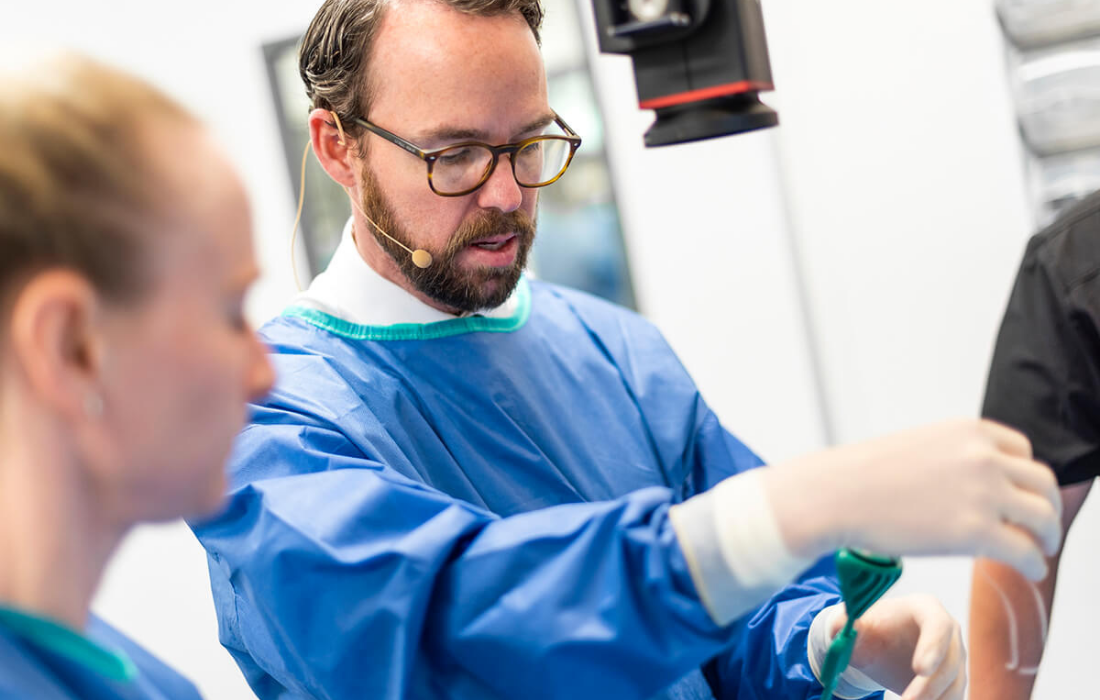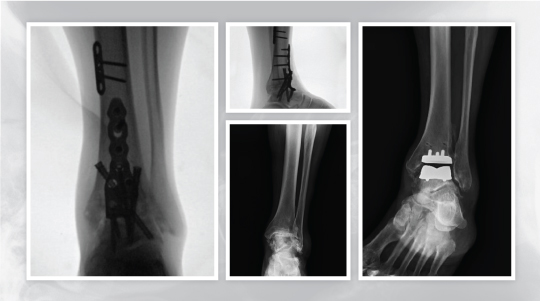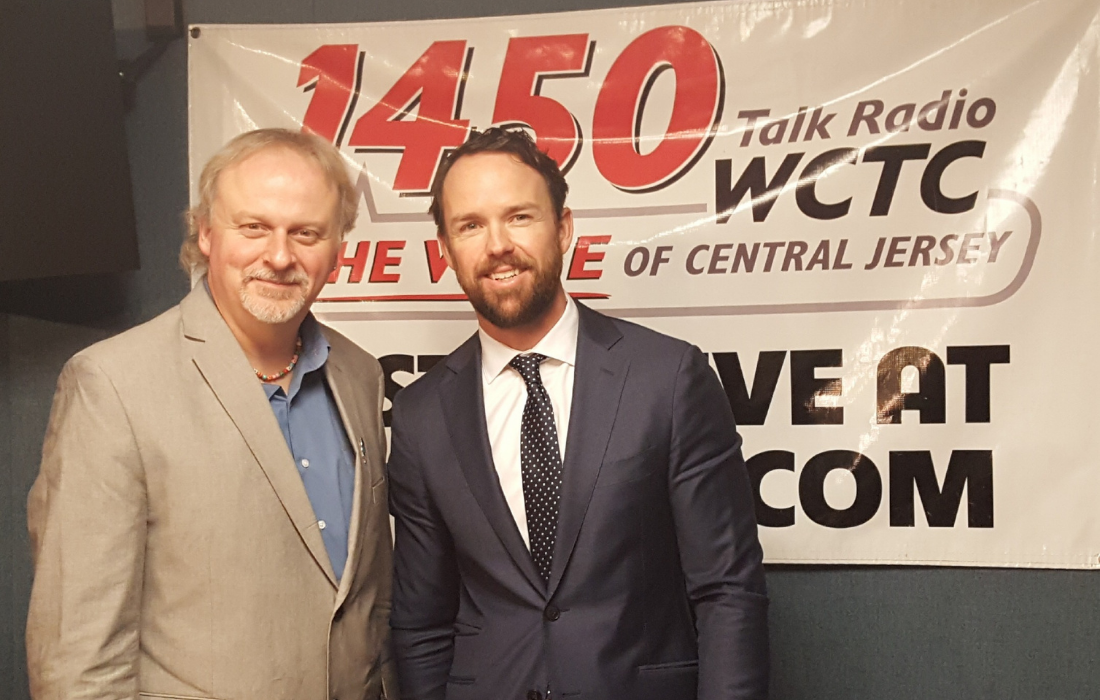Foot and ankle care includes everything from sprains and fractures to arthritic conditions of the toes, feet and ankles.
The feet and ankles are highly susceptible to a wide range of injuries, conditions and disorders that can occur at any stage of life. Though some disorders may be inherited, many ailments and injuries of the foot and ankle result from behaviors including wearing improper footwear and not seeking medical treatment early enough when needed. At University Orthopaedic Associates (UOA), we have experts who are highly experienced and specialized in treating foot and ankle injuries, conditions and disorders.
UOA can treat the following foot and ankle conditions:
- Cartilage injuries
- Deformity correction
- Ankle sprains
- Common sports injuries
- Hallux rigidus (big toe arthritis)
- Flatfoot disorders
- Fractures
- Heel spurs
- Peroneal tendonitis
- Plantar fasciitis
- Achilles tendinopathy
Our foot and ankle specialist at UOA, Dr. Justin J. Fleming, is board-certified by the American Board of Foot and Ankle Surgeons and has extensive experience in the diagnosis and treatment of complex foot and ankle conditions.
At UOA, we use state-of-the-art diagnostic testing methods that include:
- X-ray
- Ultrasound
- MRI
- Computerized motion and gait analysis
- Bone densitometry
- Bone scan
- CT scan
Foot and ankle conditions at UOA are treated using a combination of rehabilitative and medical interventions—including surgery. Our specialists can perform reconstruction of the feet and ankles and treat a variety of sports injuries to help you regain normal functioning and range of motion. Our goal is to help you return to your usual activities as quickly as possible.
Procedures we use include:
- Ankle fusion. With this treatment, screws and plates stabilize your joints and bind the ankle to the tibia. Ankle fusion is typically used to treat arthritis in the ankle and can reduce pain while improving your mobility.
- Arthroscopy. Ankle arthroscopy can repair damage to the ankle joint. It involves the use of a surgical tool called an arthroscope, which is inserted into the joint through a small incision. The arthroscope features a light and lenses that allow your surgeon to see and repair the inside of the damaged joint without needing to expose it completely.
- Minimally invasive bunion surgery. This procedure can correct deformities of the foot that are caused by bunions. During bunion surgery, small incisions are made in the foot, into which a tiny two-millimeter surgical tool is inserted to cut and realign bones in the big toe. Screws are then implanted into the toe to ensure proper alignment and stabilization.
- Total ankle replacement. This surgical treatment is an alternative to ankle fusion and involves using metal and plastic components to recreate the ankle joint. It is typically used to treat severe arthritis that does not respond to nonsurgical treatments. Total ankle replacement can reduce pain and maintain motion in the ankle joint without affecting surrounding joints or contributing to joint degeneration.
UOA uses a patient-centered approach that guarantees you receive a customized treatment plan. Our orthopaedic experts are dedicated to helping you get back on track so you can resume your everyday activities while staying pain-free.
Contact UOA today at (732) 537-0909 to request an appointment if you need treatment for an orthopaedic injury.










